

This comprehensive guide explores the world of cam bolts, covering their various types, applications, and selection criteria. We'll delve into the specifics of different cam bolt designs, materials, and sizes to help you choose the perfect solution for your needs. Whether you're a DIY enthusiast or a professional engineer, this guide offers practical insights to ensure you select the most appropriate cam bolt for your project.
A cam bolt, also known as a cam lock or cam fastener, is a specialized type of bolt that utilizes a cam-shaped head to create a clamping or locking mechanism. Unlike traditional bolts that rely on threading, cam bolts achieve clamping force through the rotational movement of the cam. This unique design offers advantages in various applications where quick assembly, secure fastening, and easy adjustment are crucial.
Standard cam bolts are the most common type, featuring a simple cam design for general-purpose clamping applications. They are typically available in a range of sizes and materials, offering versatility for various needs. They're frequently used in applications requiring simple, reliable fastening.
Lever cam bolts incorporate a lever arm that enhances the clamping force applied by the cam. This design is particularly beneficial when dealing with high clamping pressures or difficult-to-access locations. The increased leverage makes tightening and loosening easier compared to standard cam bolts.
Knob cam bolts provide a user-friendly, quick-release clamping mechanism. The integrated knob allows for easy manipulation without the need for tools. These are ideal for applications where frequent adjustments or quick access is necessary.
Heavy-duty cam bolts are designed for high-stress applications and feature robust construction and increased material strength. These are commonly used in industrial settings where the clamping mechanism needs to withstand significant forces.
Selecting the appropriate cam bolt involves considering several factors:
| Factor | Description |
|---|---|
| Material | Common materials include steel, stainless steel, and plastic. The choice depends on the application's environmental conditions and required strength. |
| Size | Select the appropriate size based on the thickness of the materials being clamped and the required clamping force. |
| Cam Design | Consider the type of cam (standard, lever, knob) based on the ease of use and clamping requirements. |
| Thread Type | Ensure the thread type matches the receiving component. |
| Clamping Force | Calculate the necessary clamping force based on the application's requirements. |
Cam bolts find applications in numerous industries and DIY projects, including:
A wide variety of cam bolts are available from various industrial suppliers. For high-quality cam bolts and other fasteners, consider exploring reputable suppliers like Hebei Muyi Import&Export Trading Co.,Ltd (https://www.muyi-trading.com/). They offer a diverse selection to suit your specific needs.
Remember to always prioritize safety when working with cam bolts and other fasteners. Ensure proper installation and choose the right type and size for your specific application. If unsure, consult a professional.

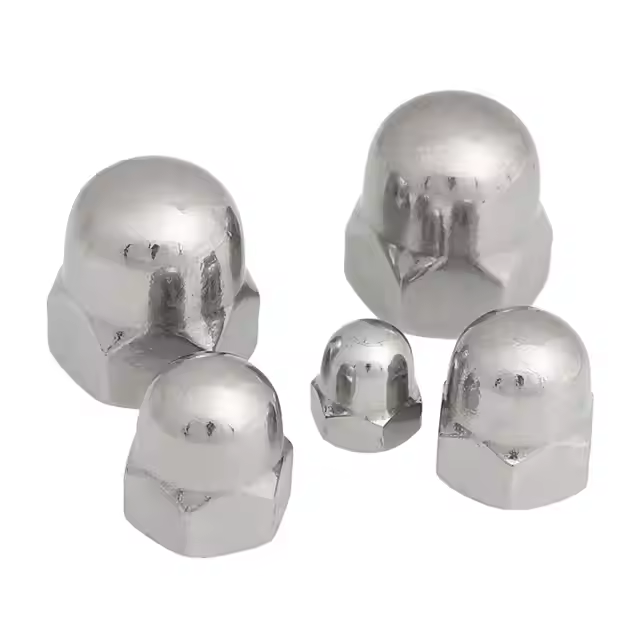
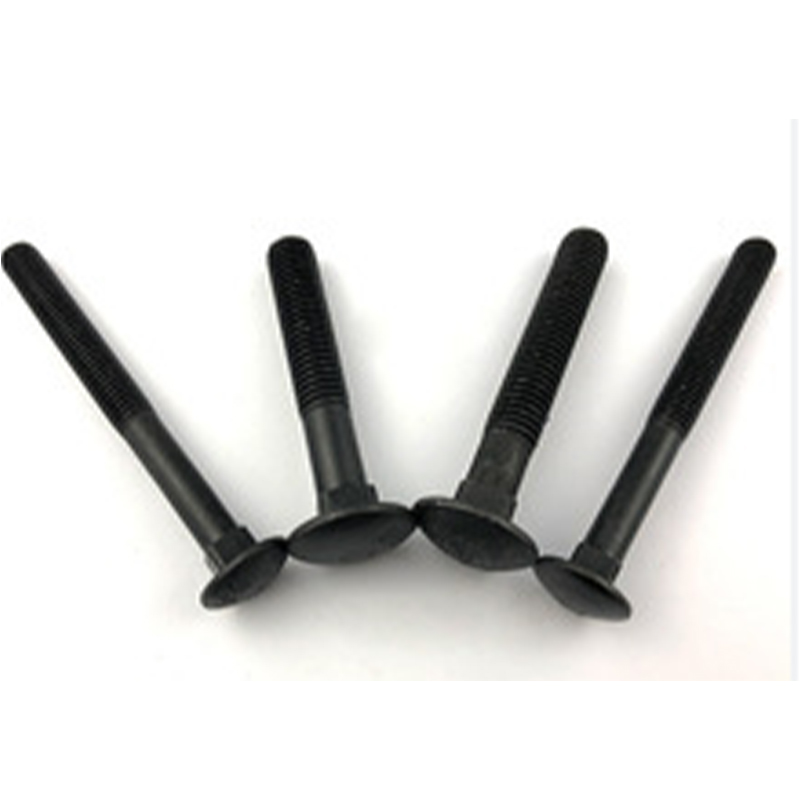
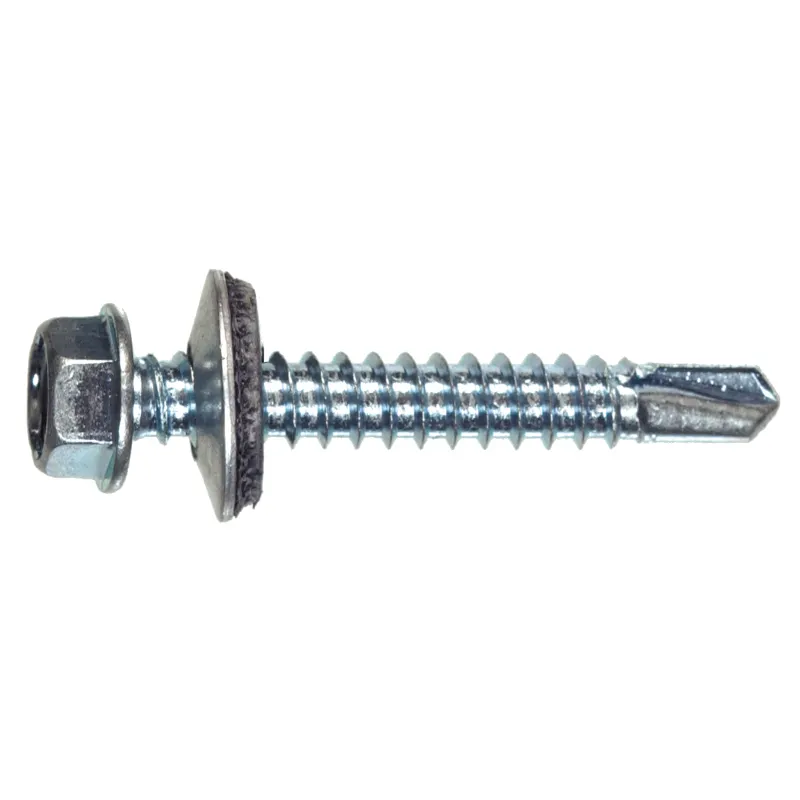

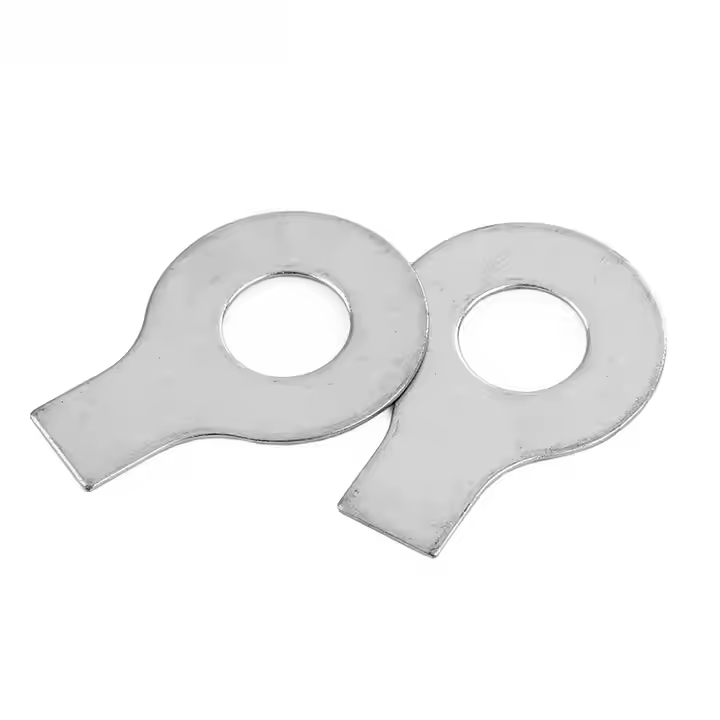


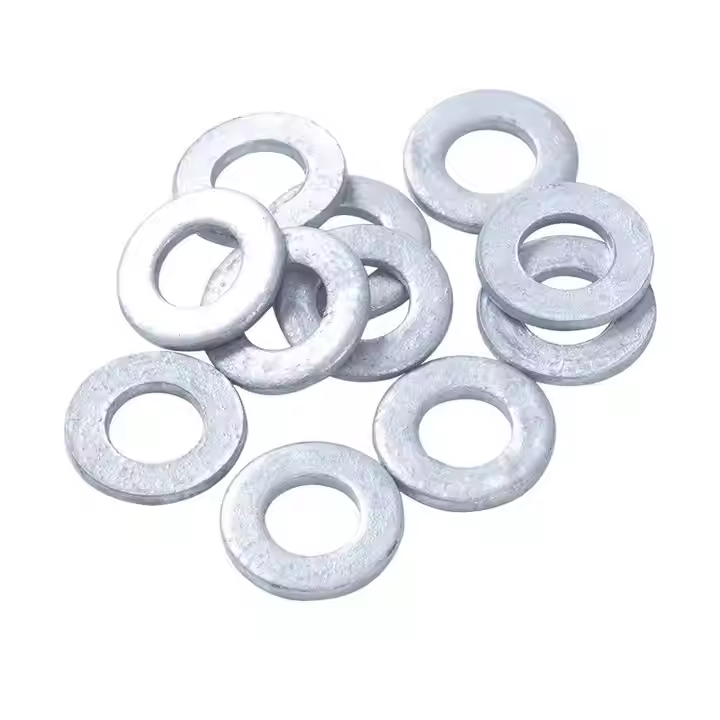


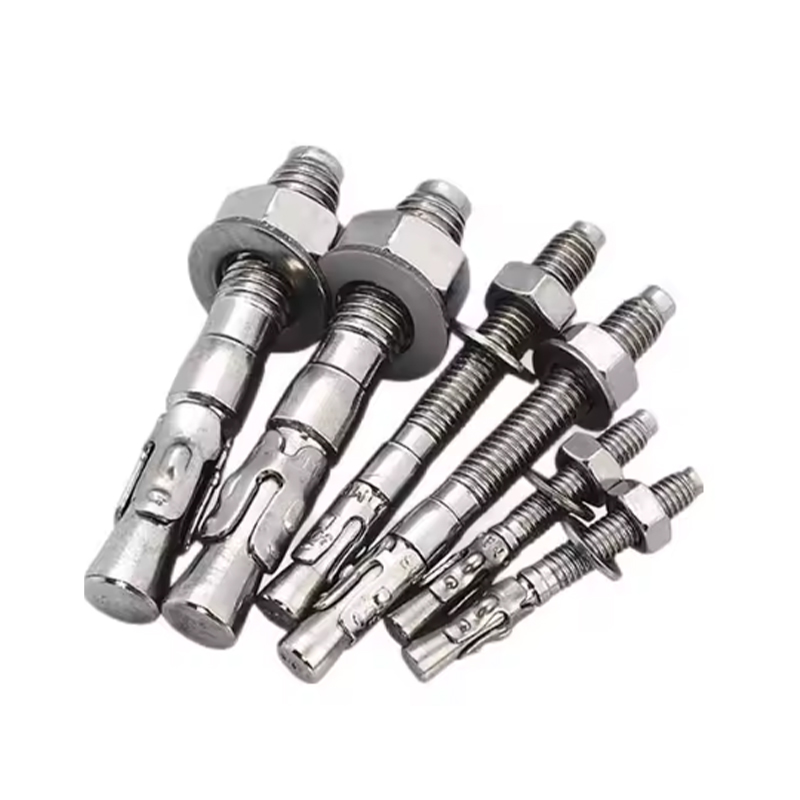

Please enter your email address and we will reply to your email.